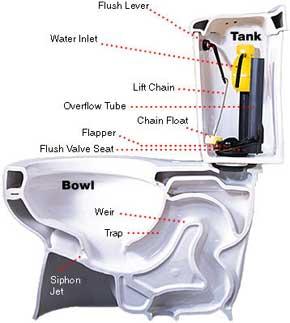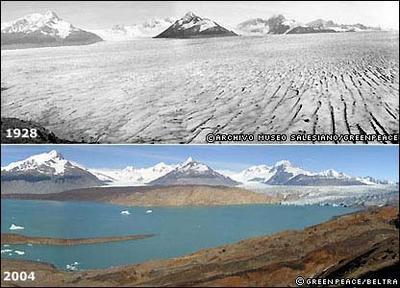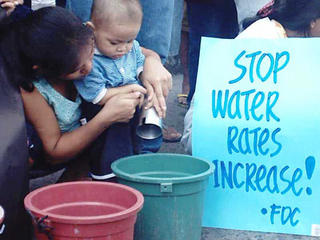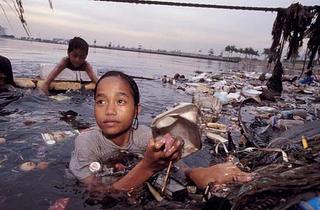China faces water crisis
I understand water issues. I know how ecosystems work, and how easily they break down.
And they are breaking down. They are breaking down all over the world. There is a global crisis in biodiversity. We are losing species at a rate we have never seen before. I care about our future, and I am worried.
This summer, I helped lead a group of talented students to China. We went to China to explore the role of agriculture and other factors causing some of the worst water management problems in the world today.
Eighty percent of China's rivers no longer support fish. Most surface waters are polluted and many rivers no longer reach the ocean. The per-capita water availability in northwest China is only one-quarter of the world average and the second lowest on the planet. Clearly, China is facing a severe water management and environmental crisis.
I began this trip with the commonly held assumption that we could solve the water scarcity problem with modern conservation techniques. After all, agriculture consumes 80 percent of China's water. Many people insisted that rural peasants are backward and have little respect for resources and suggested that there are huge inefficiencies and waste in practice. I shared these assumptions.
Well, I was wrong. I was wrong about the nature of the problem, about what I thought I knew about the people who work the land, what was important to them and how they lived their lives.
What I found were gracious, resourceful, hard-working people, proud of their history and culture. They work harder than most of us can imagine. Water is precious to them and always has been. They do not waste it.
Beyond the physical labor, these people are struggling against forces that they cannot hope to influence, a harsh environment and global market pressures. They struggle to make ends meet as their children leave them and their way of life for the cities. They struggle for solutions in the face of an indifferent government.
And they are struggling against an attitude that lies beneath all this. These are just poor peasant farmers. Life and times have passed them by. Life is somewhere else, in the future, in the cities along with the jobs and money. That is what matters. That is what is valued. These people are relics, for whom there just might not be enough room in this brave new world.
No one needs to worry about people who don't really count. We don't want to see them because if we do, we may be unpleasantly reminded that there are other priorities and other values that compete with ours. Best to just let them fade away.
These people are rooted in an ancient culture. They have every right to be proud of their heritage and way of life. We could learn much from them, but they are being written off by arrogance and indifference, ignorance and disrespect.
Youths are flocking to cities hoping to cash in on China's commercial and industrial explosion, leaving the farms to older women.
These women irrigate crops by hauling water on their shoulders, often over long distances. It's hard on them and it's risky for the environment. Without sufficient water, the crops will wither and die. When crops fail, the fragile soil will be washed away during the regular monsoon rains, and the Gobi desert will claim the farms. The eroded soil will make its way to the Yellow River, fill it with sediment, raise the riverbed and cause devastating floods.
There are solutions, but these folks don't have an audience. The central government has abandoned them. Real solutions require leadership. The price of leadership is risk. Why risk a career on people who don't count? This same attitude is a major contributing factor to the global crisis in biodiversity.
We need to change course, have the courage to get out of our comfort zones, to challenge our view of reality, critically examine our assumptions and admit we don't know everything.
That is how we begin the real business of breaking down barriers and treating one another with the respect we all deserve. No rigid agendas or ideologies, just people working to identify and solve problems. This is the kind of leadership we need right now.

 Vulnerable to global warming, a glacier flows into the sea in North East Greenland. May 2002. (Photo courtesy
Vulnerable to global warming, a glacier flows into the sea in North East Greenland. May 2002. (Photo courtesy 






